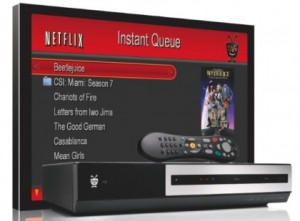 It may have taken four years but they got there in the end. Netflix and TiVo today announced that the two companies have began rolling out access to Netflix’s ‘Watch Now’ video streaming service on Internet connected TiVos.
It may have taken four years but they got there in the end. Netflix and TiVo today announced that the two companies have began rolling out access to Netflix’s ‘Watch Now’ video streaming service on Internet connected TiVos.
As Dave Zatz notes:
The process probably hasn’t played out exactly the way TiVo and Netflix anticipated when they initially inked a development agreement in 2004… In fact, the struggle to find content and move this project forward drove Netflix CEO Reed Hastings to declare there’s “no work going on,” “no content,” and “no point” in 2005. Fast forward a few years and it’s pretty clear that the landscape has drastically shifted. Content is everywhere and Netflix intends to serve as many platforms as possible: “We want to be integrated on every Internet-connected device, game system, high-definition DVD player and dedicated Internet set-top box.”
It’s pretty impressive that over the last six months Netflix has delivered on its promise to bring its Internet TV offering on to many devices beyond the PC. What sounded like pie in the sky – especially in light of the company’s on-off relationship with TiVo – has actually panned out, in which Netflix streaming is available on game consoles (Microsoft’s XBox 360), set-top boxes (Roku), DVRs (TiVo) and Internet connected DVD players (LG and Samsung).
See also: Don’t call it a hobby: Netflix and TiVo continue to push Internet TV into the living room
Want to hear more from Netflix’s CEO? We got a spare ticket for NewTeeVee Live in San Fran. on Nov 13 where he’ll be speaking. (See: NewTeeVee Live: last100 reader discount and ticket giveaway)

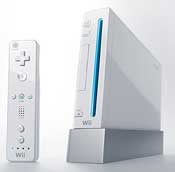 Six months
Six months 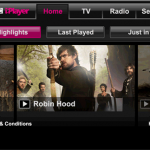
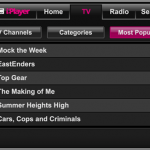

 Similar to Apple’s own ‘Remote’ app for iTunes,
Similar to Apple’s own ‘Remote’ app for iTunes,  Netflix has finally began rolling out a version of its video streaming service for Mac users, and it comes courtesy of Microsoft. Although only available initially to “a small percentage of new Netflix subscribers”, with a full roll-out anticipated by the end of the year, the new PC-based version of the company’s ‘Watch Now’ service is powered by Microsoft’s Flash competitor Silverlight, a technology that crucially includes its own cross-platform ‘studio approved’ DRM solution, thus enabling Netflix to support both Windows-based PCs and now those running MacOS (Intel only).
Netflix has finally began rolling out a version of its video streaming service for Mac users, and it comes courtesy of Microsoft. Although only available initially to “a small percentage of new Netflix subscribers”, with a full roll-out anticipated by the end of the year, the new PC-based version of the company’s ‘Watch Now’ service is powered by Microsoft’s Flash competitor Silverlight, a technology that crucially includes its own cross-platform ‘studio approved’ DRM solution, thus enabling Netflix to support both Windows-based PCs and now those running MacOS (Intel only).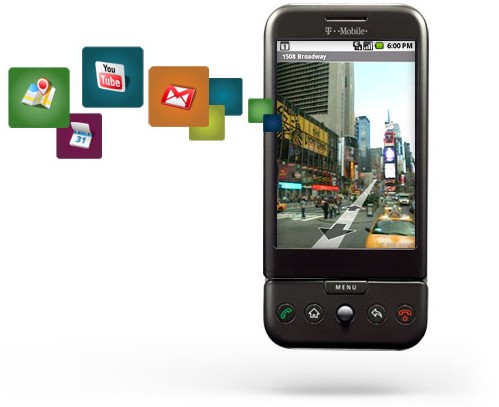
 No longer content with dissing his company’s own offering, Apple CEO Steve Jobs is now calling the whole product category a “hobby”. But that isn’t stopping others from forging ahead to bring Internet TV into the living room, with both TiVo and Netflix rolling out partnerships this week to give their customers more content and hardware choices respectively. But first back to what Jobs said during the company’s Q4 earnings call on Tuesday.
No longer content with dissing his company’s own offering, Apple CEO Steve Jobs is now calling the whole product category a “hobby”. But that isn’t stopping others from forging ahead to bring Internet TV into the living room, with both TiVo and Netflix rolling out partnerships this week to give their customers more content and hardware choices respectively. But first back to what Jobs said during the company’s Q4 earnings call on Tuesday. Much of the iPod’s success,
Much of the iPod’s success, 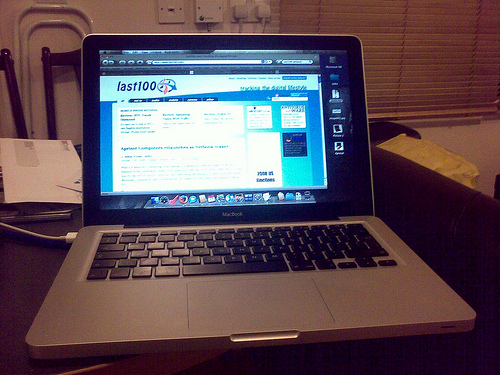
 The device meets the typical specs of
The device meets the typical specs of